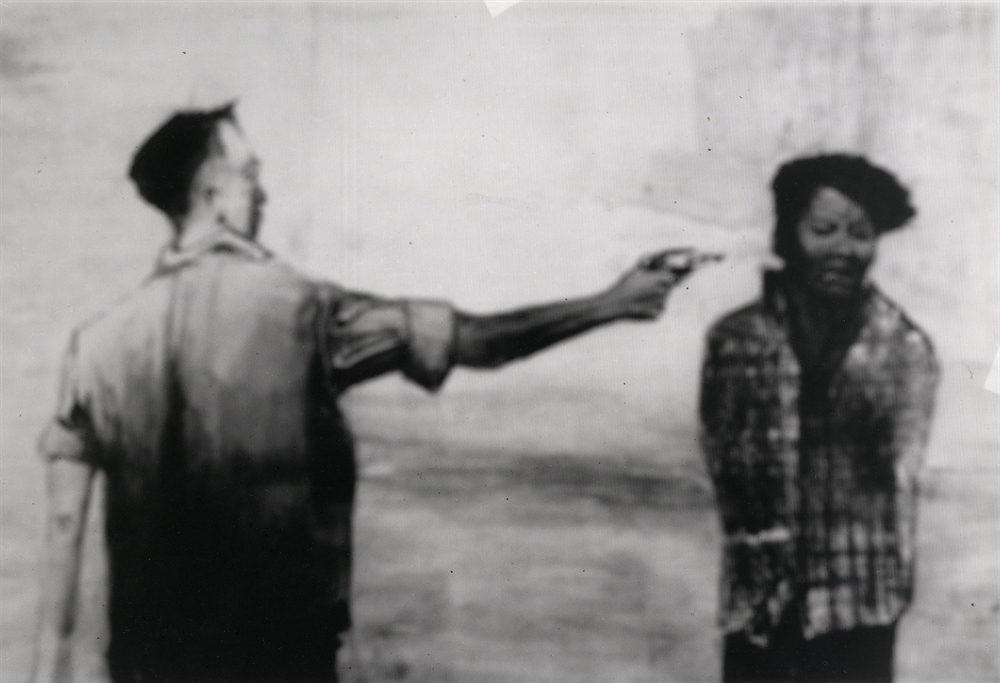


“You can talk about ‘the execution photograph from the Vietnam War,’ and not just the generation who lived through it but multiple generations can call that image to mind,” said Susan D. Adams’s photo won a Pulitzer Prize, and Time magazine called it one of the 100 most influential ever taken. In the months after the Tet offensive, public opinion shifted more rapidly than at any other point in the war, Dr. “It really introduced a set of moral questions that would increasingly shape debate about the Vietnam War: Is our presence in Vietnam legitimate or just, and are we conducting the war in a way that is moral?” Appy, a professor of history at the University of Massachusetts, Amherst. “It raised a different kind of question to Americans than whether or not the war was winnable,” said Christian G. And the official was not a Communist, but a member of South Vietnam’s government, the ally of the United States. “And I think more people began to question whether we were, in fact, the good guys in the war or not.”Ī police chief had fired a bullet, point-blank, into the head of a handcuffed man, in likely violation of the Geneva Conventions.

McMahon, a historian at the Ohio State University. The photo “fed into a developing narrative in the wake of the Tet offensive that the Vietnam War was looking more and more like an unwinnable war,” said Robert J. Together, they undermined the argument for the war on two fronts, leading many Americans to conclude not only that it could not be won, but also that, perhaps, it shouldn’t be. If the broader Tet offensive revealed chaos where the government was trying to project control, Adams’s photo made people question whether the United States was fighting for a just cause. Along with NBC film footage, the image gave Americans a stark glimpse of the brutality of the Vietnam War and helped fuel a decisive shift in public opinion. His face is contorted from the bullet’s impact.īy morning, this last instant of his life would be immortalized on the front pages of newspapers nationwide, including The New York Times. Though in his 30s, he looks little older than a boy. The prisoner, Nguyen Van Lem, is a Vietcong fighter but wears no uniform, only a plaid shirt and black shorts. Nguyen Ngoc Loan, stands with his back to the camera, right arm fully extended, left arm loosely by his side. On a little piece of black-and-white film, he captured the exact moment of the gunshot. Fifty years ago today, the national police chief of South Vietnam calmly approached a prisoner in the middle of a Saigon street and fired a bullet into his head.Ī few feet away stood Eddie Adams, an Associated Press photographer, eye to his viewfinder.


 0 kommentar(er)
0 kommentar(er)
